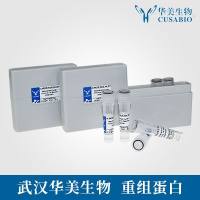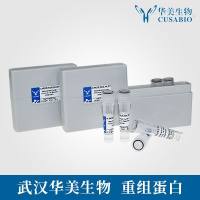The knowledge of the localization of proteins to a particular subcellular structure or organelle is an important step towards
assigning function to proteins predicted by genome-sequencing projects that have yet to be characterized. Moreover, the localization
of novel proteins to organelles also enhances our understanding of the functions of organelles. Many organelles cannot be
purified. In several cases where the degree of contamination by organelles with similar physical parameters to the organelle
being studied has gone unchecked, this has lead to the mis-localization of proteins. Recently, several techniques have emerged,
which depend on characterization of the distribution pattern of organelles partially separated using density centrifugation
by quantitative proteomics approaches. Here, we discuss one of these approaches, the localization of organelle proteins by
isotope tagging (LOPIT) where the distribution patterns of organelles are assessed by measuring the relative abundance of
proteins between fractions along the length of density gradients using stable isotope-coded tags. The subcellular localizations
of proteins can be determined by comparing their distributions to those of previously localized proteins by assuming that
proteins that belong to the same organelle will cofractionate in density gradients. Analysis of distribution patterns can
be achieved by employing multivariate statistical methods such as principal component analysis and partial least squares discriminate
analysis. In this chapter, we focus on the use of the LOPIT technique in the assignment of membrane proteins to the plant
Golgi apparatus and endoplasmic reticulum.






